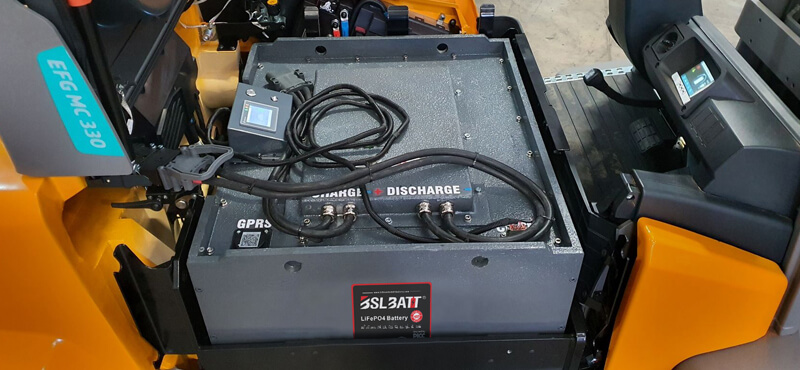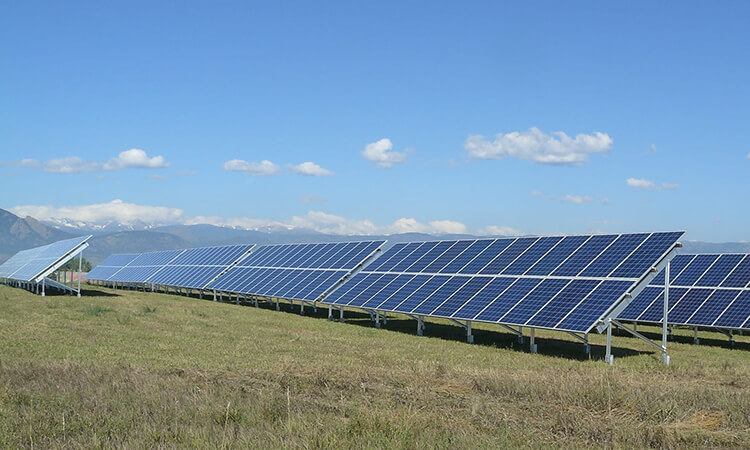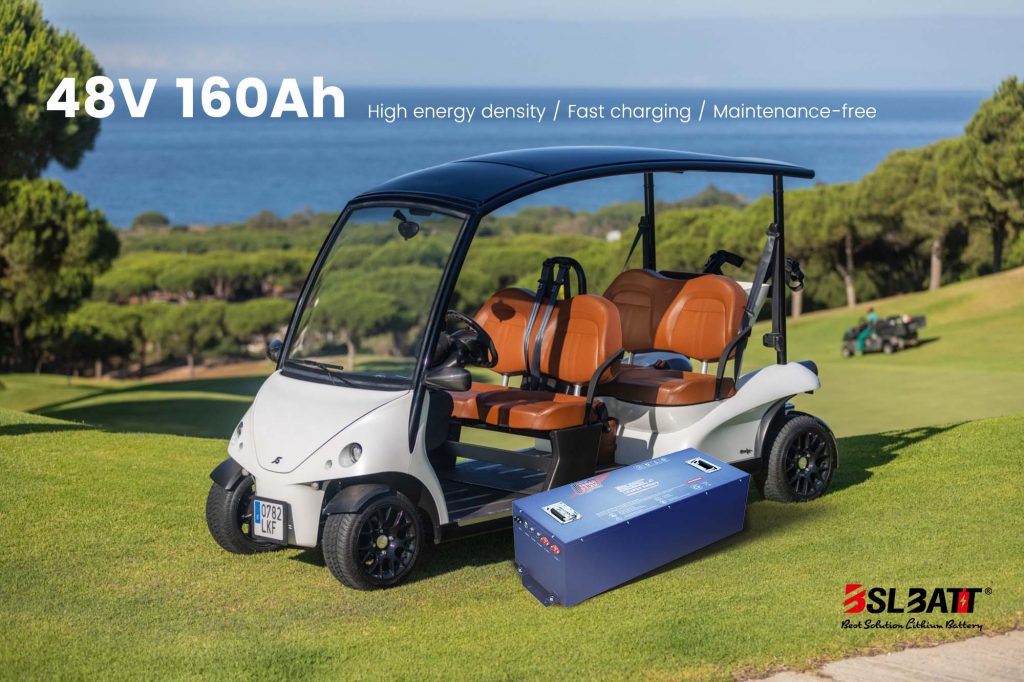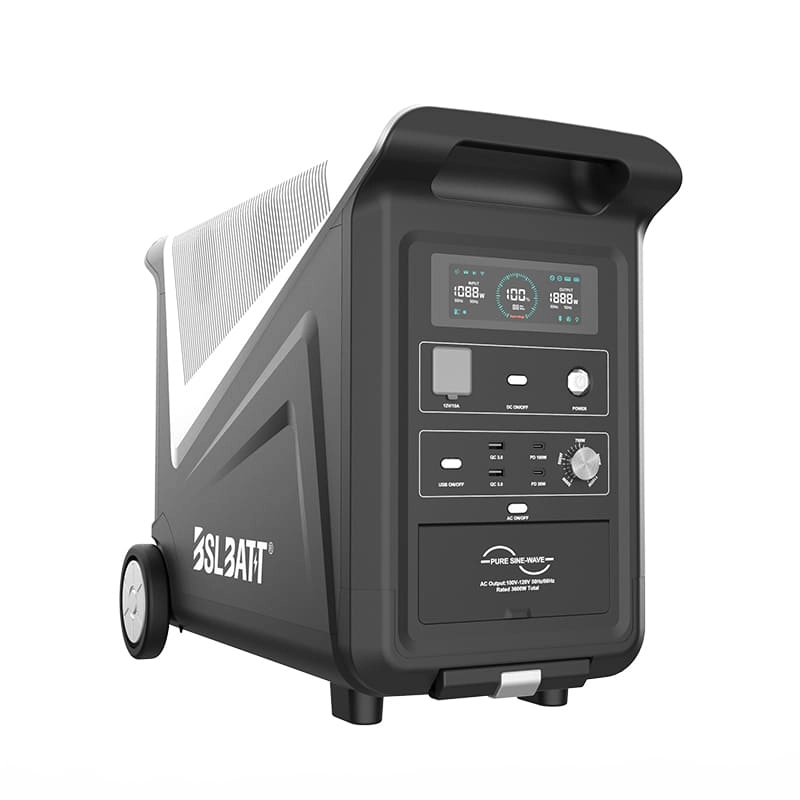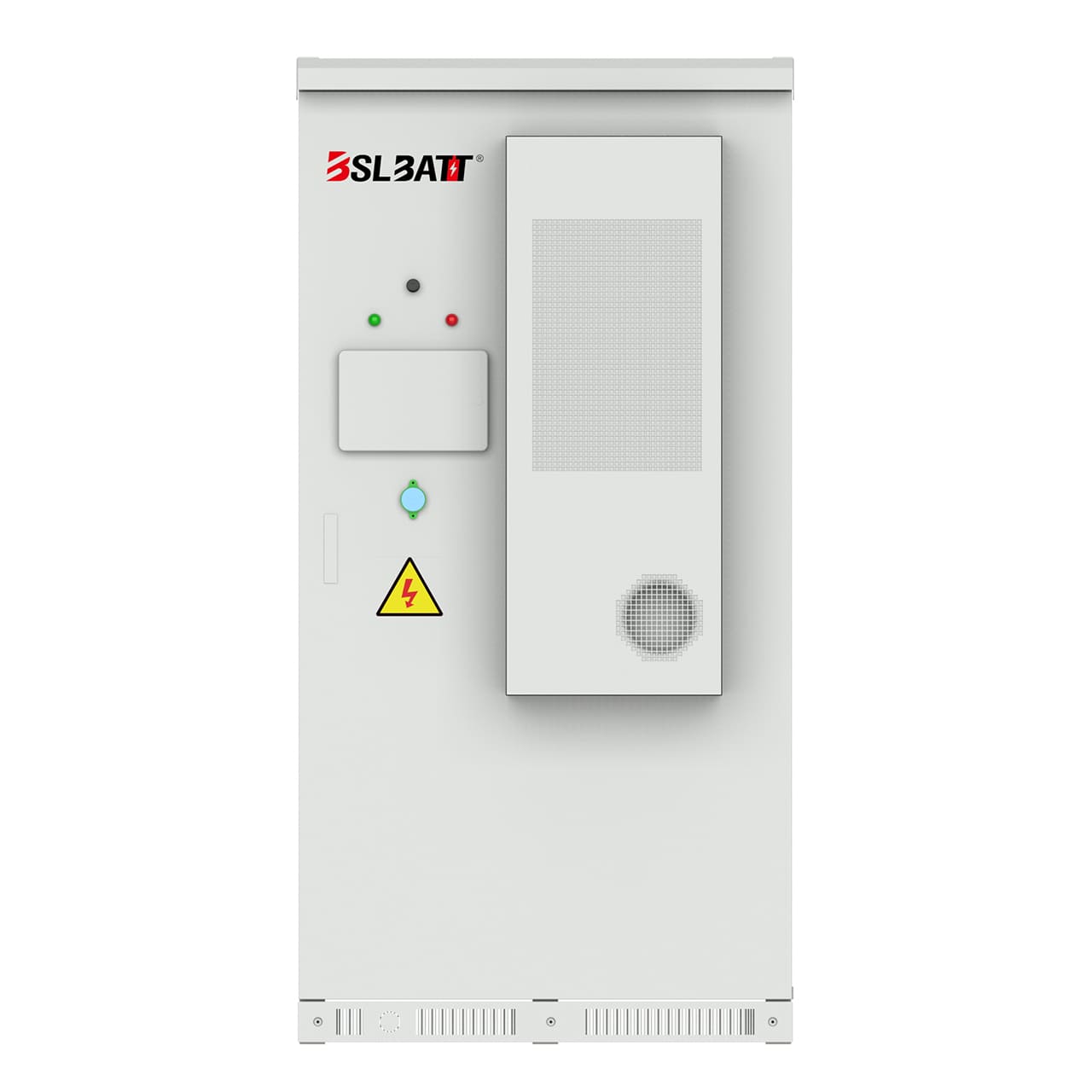Industry Application
Product Type
HOW TIME-OF-USE RATES WORK
Many electric companies and co-ops across the U.S. are facing increasing challenges when it comes to meeting electricity demand on the grid. More and more utilities are changing to alternative rate structures such as time-of-use (TOU) pricing where the cost of electricity changes throughout the day to match demand. One reason for the rising popularity of time-of-use fee structures, in particular, is the need to balance energy usage throughout the day to ensure the reliability of the grid.
EXAMPLE RATE SCHEDULEMost power companies using a time-of-use fee scale divide the day into peak, shoulder and off-peak segments. For example, a summer weekday might be divided as follows: ● Peak: 1:00 p.m. to 6:00 p.m. In comparison, a winter weekday TOU schedule may look like this: ● Peak: 6:00 a.m. to 9:00 a.m. Because an electricity provider may have to fire up additional generators to meet peak demand—particularly in the summer—which costs the power company more money, consumers must pay more too. In the summer, afternoons are high demand because homeowners are cooling their homes as the outdoor temperatures rise. In the winter, morning is peak in certain areas because people are heating their homes after cold nights. BENEFITS OF TOU PRICINGOne selling point of time-of-use electric rates is the opportunity for homeowners to save on energy bills. When they know in advance the cost of using electricity at various times of day, they can postpone tasks such as laundry or running the dishwasher until off-peak evening or morning hours. However, work schedules, parenting obligations or other priorities may make this impractical, and many tend to end up paying more to power essential household tasks. For the power provider, charging more for electricity during peak hours means it can not only cover its greater generation costs but also realize a bit more profit. Additionally, by lowering usage during peak hours and transferring it to off-peak, the provider can ease wear and tear on overburdened equipment and prevent traffic jams, or brownouts, on the North American power grid. Another consumer benefit of time-of-use pricing, in theory, is that it enables consumers to conserve energy for the good of the environment. According to the Environmental Defense Fund, the additional generators that come online during peak usage are typically fossil-fuel burning plants that create more carbon emissions than hydropower, for example. By cutting peak time usage, electric customers can help cut down on pollutants. ADDING ALTERNATIVE ENERGY INTO THE MIXHomeowners who pay TOU power rates can avoid peak prices by investing in an alternative energy source such as solar power. Typically, they draw upon self-generated solar for peak period usage they either can’t or don’t want to postpone. All it takes is a solar array and batteries to access and store clean, low-cost electricity for use during expensive peak and shoulder billing periods. In addition, homeowners who install solar energy systems may be eligible for federal and state tax credits, which can multiply the long-term savings. When shopping for equipment, it may seem like a big expense, but utility bill savings and tax credits will likely pay for a modest solar installation in as little as a few years.
SOLAR POWER STORAGE OPTIONSPerhaps the most important component of a supplemental solar setup is the deep-cycle battery for storing power. With storage capacity, homeowners can conserve clean solar energy for use during times when grid power is the most expensive. Deep-cycle batteries can undergo frequent deep discharges without sustaining significant damage, so they are the standard for storing energy and then releasing it on demand. Currently, the two most popular options in deep-cycle batteries are lithium-ion and traditional lead-acid batteries. Although lithium-ion units are more expensive to purchase than lead-acid, they have a higher energy density, greater longevity and require less maintenance according to the University of Washington Clean Energy Institute. The following points of comparison can help consumers make informed purchasing decisions when shopping for batteries:
Energy storage packages are also available that combine capacity with scalability and smart technology. For example, some manufacturers have incorporated batteries and software that enables connection with a home’s smart technology to automatically feed power on demand. Another product combines lithium-ion batteries with an inverter and smart software that keeps the system up and running. CONCLUSIONAs solar technology continues to become less expensive and more mainstream, it is proving itself as a reliable alternative to paying the expensive and ever-increasing electricity rates through a local utility. Using solar energy as a far cheaper and cleaner alternative during expensive peak use times not only saves money but also reduces a household’s carbon footprint. All it takes is an initial investment in equipment and energy storage that will pay for itself over a few years in terms of utility bill savings. |
A Guide to Choosing the Best 48V Lithium Golf Cart Battery
Would it be worth investing in a 48V ...
10 Exciting Ways To Use Your 12V Lithium Batteries
Back in 2016 when BSLBATT first began designing what would become the first drop-in replacemen...
BSLBATT Battery Company Receives Bulk Orders from North American Customers
BSLBATT®, a China Forklift battery manufacturer specializing in the material handling indust...
Fun Find Friday: BSLBATT Battery is coming to another great LogiMAT 2022
MEET US! VETTER’S EXHIBITION YEAR 2022! LogiMAT in Stuttgart: SMART – SUSTAINABLE – SAF...
Looking for new Distributors and Dealers for BSL Lithium Batteries
BSLBATT battery is a fast-paced, high-growth (200% YoY ) hi-tech company that is leading the a...
BSLBATT to Participate at MODEX 2022 on March 28-31 in Atlanta, GA
BSLBATT is one of the largest developers, manufacturers, and integrators of lithium-ion batter...
What makes the BSLBATT the Superior Lithium Battery for your Motive Power needs?
Electric forklift and Floor Cleaning Machines owners who seek the ultimate performance will fi...








